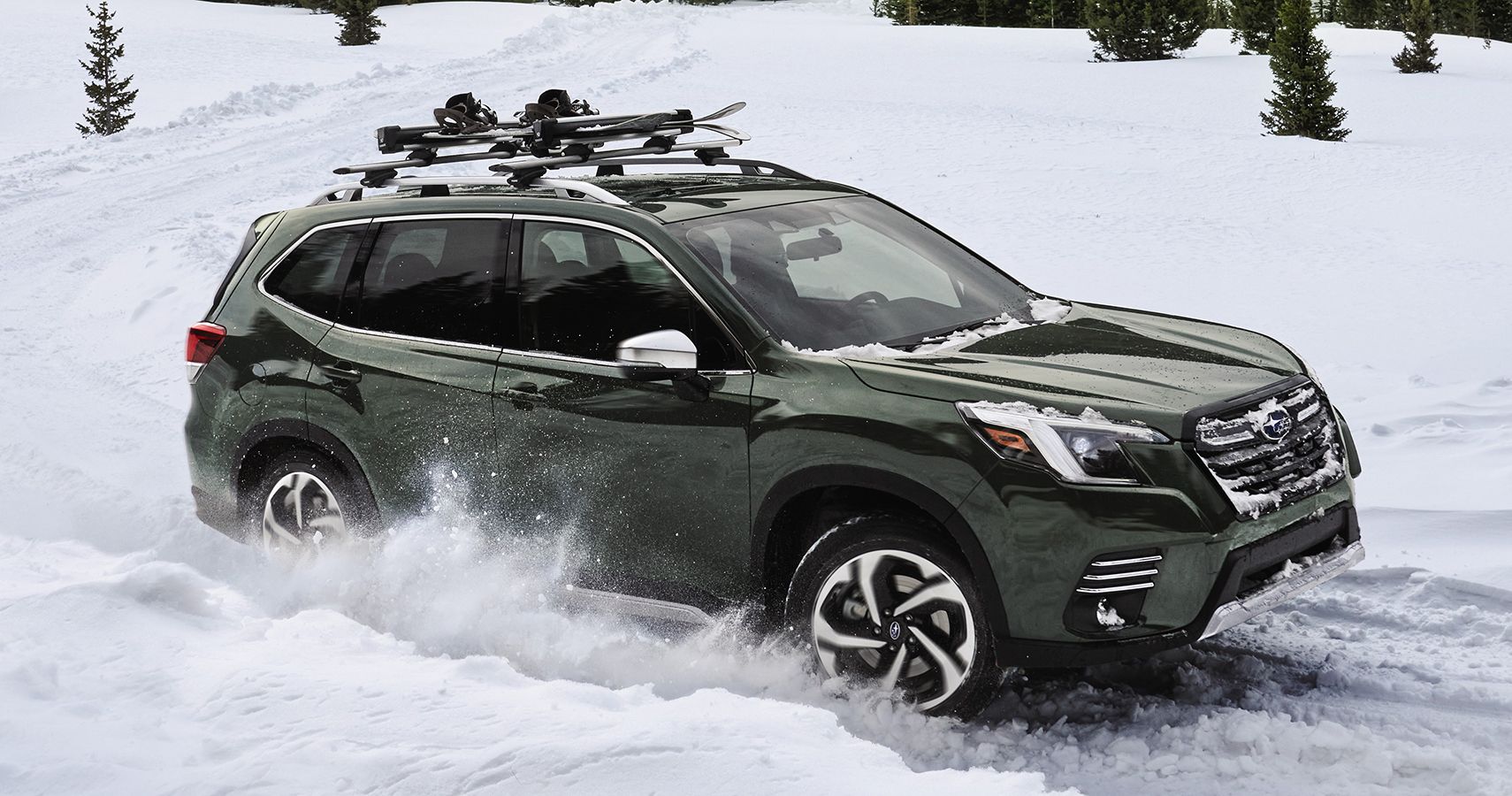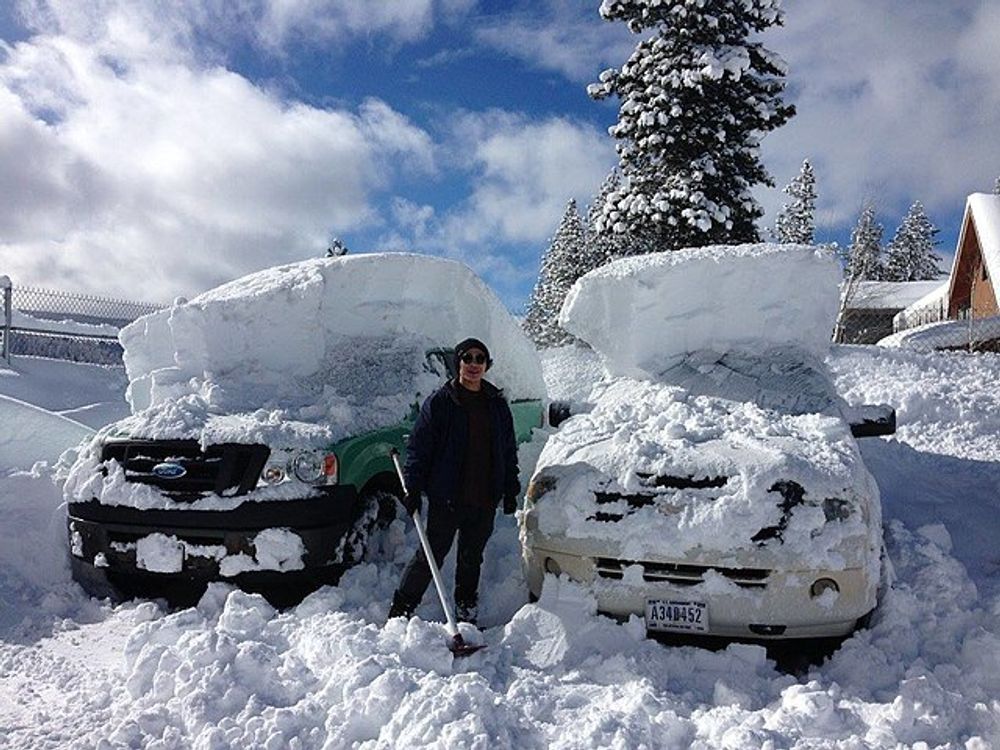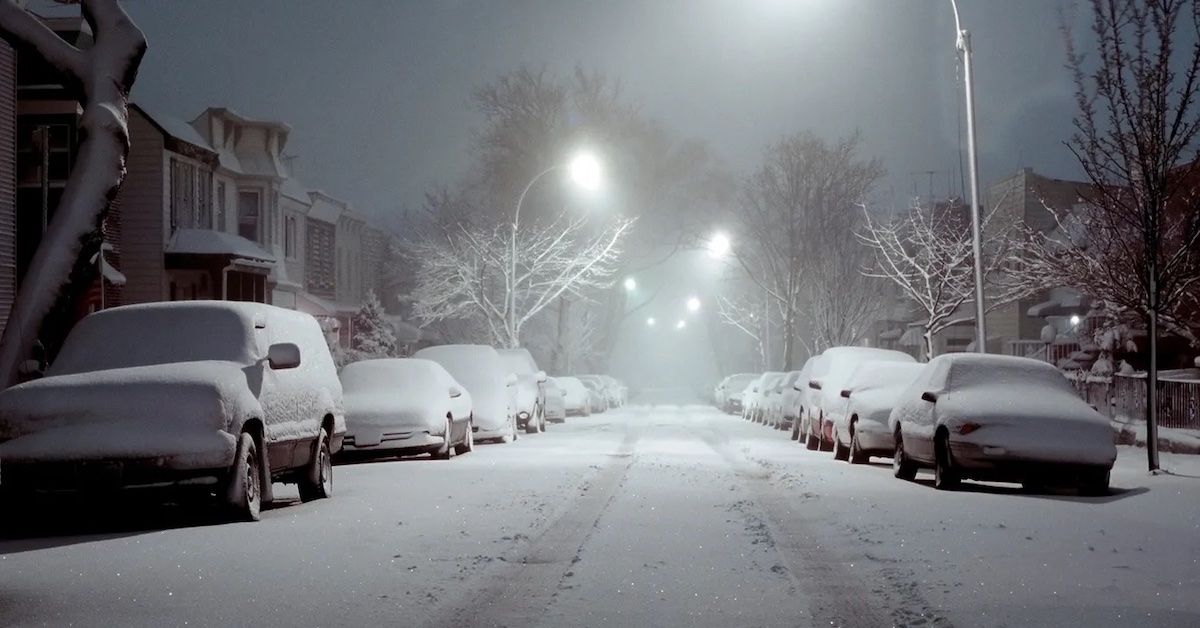Winter hit Europe with full force, but the Old Continent is hardly the only one suffering because of early season snowstorms, blizzards and freezing weather. The East Coast in the U.S. is also preparing for its first serious blast of winter this season, which is great news for the kids and a quite frightening reality for adults. Drivers know that freezing winter weather means not only dangerous driving conditions but also heavy snow fall which can damage cars. Basically, drivers need to worry now even about rust, dents in the car body and cracks in the windshield, according to Suburban Auto Body. And if that wasn’t enough, there’s also the issue of road salt corroding your car.
To make matters worse, there is another risk associated with driving in the snow that is typically downplayed and mostly neglected, say seasoned drivers and gearheads. Many motorists disregard how to clear snow off their vehicle without damaging the paint because they are too focused on the greater risks, so here’s the proper way to do it.
This Is How You Should Safely Remove The Snow From Your Car
Knowing how damaging snow is to an automobile just addresses half of the issue. When we comprehend how to remove the snow securely from the car, we resolve the remaining problem. Although it’s tempting to start with the upper part of the car, grab a shovel and attempt to free the wheels from the snow. Move to the upper side once you've finished with the wheels, but don't forget to use a non-abrasive snow broom. The last thing you want is to scratch the paint and destroy the finish while cleaning the snow, so you need to use the right tools. Naturally, a shovel is not the proper instrument for the job because it can produce deep scrapes that would be extremely expensive to fix.
Now, work your way from the roof all the way down. Once you’ve cleared most of the snow, try to get inside the car and start the engine. This way, you can activate the windshield heaters. Some also like to use deicing sprays, but low-quality solutions could do more harm than good, so it is better to avoid them. Furthermore, avoid pouring hot water on windshields because it could lead to devastating and very expensive consequences. Plus, hot water won’t melt the ice on the windshield.
Before leaving the parking, you need to clean your car completely of snow. Not only is it risky, but also illegal to drive with snow on your roof. In Alaska, Connecticut, Georgia, Massachusetts, Michigan, New Hampshire, New Jersey and Pennsylvania, drivers will incur a fine for driving with snow on their car. For example, in Pennsylvania, police officers might hand out heavy fines (up to $1,000) if snow blasts from the driver’s car and hits another vehicle or a pedestrian. Meanwhile, Connecticut has similar laws in place, according to Fix Auto USA.
“When snow or ice hits or blows off one vehicle and causes damage or injury to another, the fines are much higher – up to $1,000 for non-commercial drivers and $1,250 for commercial drivers,” says Fix Auto USA.
On the opposing end, Ohio does not have any laws in place, which require drivers to clear their vehicles of snow. However, the state encourages drivers to clear their cars out of consideration for other motorists.
This Is How You Can Prepare Your Car For The Next Snow Storm
The ideal choice would be to park the car inside a garage or internal parking. However, if that isn’t an option, and you have to park in the driveway, make sure your car doesn’t sit beneath any large trees or buildings, as you don't want more snow to fall and accumulate on it. Next, check your tire pressures and make sure your premium snow tires are on. Additionally, raise your wiper blades, so you can de-ice your windshield more quickly later. It is worth noting that easy-to-install windshield snow covers that guard against ice and snow are available through e-commerce sites like Amazon. Those who desire an additional line of defense can spend money on a full-car snow-proof cover.
However, it is crucial to remember that using car coverings improperly or the wrong fit could harm the paint. A subpar cover may also encourage moisture buildup, which will result in the car freezing if the temperature decreases; thus, you ought to spend money on a waterproof and permeable car cover. Last, you’ll want to invest in a portable jump-starter so that you can avoid major issues with your car battery.
Sources: Surburban Auto Body, Fix Auto USA



